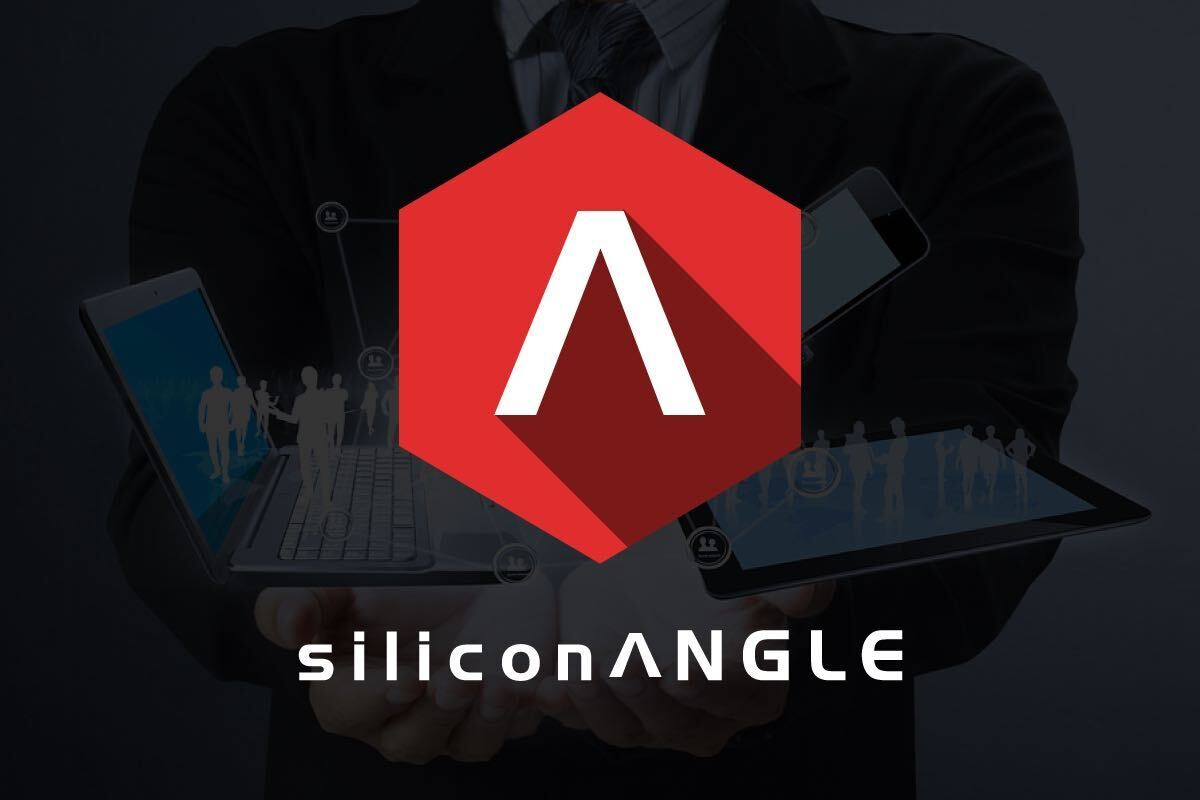


![]() Hyperscale is fundamentally changing the way infrastructure is deployed and managed, but while the technology itself has the industry abuzz, very little attention is being given to how this new paradigm affects day-to-day business activity. Wesley Jess and Aaron Sullivan of Rackspace dropped by theCUBE at the recently concluded Open Compute Project (OCP) Summit to share their insight into what is possibly the least discussed aspect of operating a next generation data center with Wikibon co-founder Dave Vellante.
Hyperscale is fundamentally changing the way infrastructure is deployed and managed, but while the technology itself has the industry abuzz, very little attention is being given to how this new paradigm affects day-to-day business activity. Wesley Jess and Aaron Sullivan of Rackspace dropped by theCUBE at the recently concluded Open Compute Project (OCP) Summit to share their insight into what is possibly the least discussed aspect of operating a next generation data center with Wikibon co-founder Dave Vellante.
To stay ahead in the rapidly changing IT landscape, the cloud provider had to expand upon existing practices and adopt a fresh approach to operations, Jess details. As the head of supply chain, he is tasked with keeping Rackspace’s innovation motor running and everything that entails, from traditional responsibilities such as managing vendor relationships to implementing open source hardware. That’s where Sullivan comes in. His team plays an active role in the OCP ecosystem, collaborating with partners such Wistron and Quanta on developing new specifications according to internal requirements and customer demands.
“If you look at how Open Compute has changed over the last few years, our engagement with it really helped to add some influence to the model,” Sullivan tells Vellante. “We said, ‘Look, we’re really excited about what this brings, we’re really excited about the potential of this community, but we also need to expand it to meet the needs of companies that are more like us, customers that are more like the ones that we have.’”
Sullivan says that Rackspace initially adopted hyperscale to drive cost savings, much like the rest of the OCP ecosystem, and in time came to recognize the full potential of the architecture. He explains that Open Compute servers include many of the same components found in standard alternatives, but feature optimizations that make it possible to execute specific use cases far more effectively than an off-the-shelf solution would allow. Even seemingly minor enhancements such as tighter system integration can go a long way in driving efficiencies at large scale.
Enabling users to take advantage of this customization is easier said than done, however. Jess says that Rackspace actively gathers feedback on its different offerings to stay on top of rapidly evolving client needs, which puts a lot of strain on the supply chain.
“Our public cloud [provides] a lot of interesting learning for us, because we can look at utilization on Tuesday of one week and we can look at it two weeks late and it could be dramatically different, workloads could have moved around. So how you plan for it? The one we learned is you can’t plan for it, so what you got to plan for is to have a very elastic supply chain, a very elastic partner base so you can respond to big upswings,” Jess elaborates.
Rackspace also has to manage changing customer expectations, Sullivan adds, an ongoing process that involves transitioning from traditional IT delivery models to a more “forward-looking” approach with a migration path to hyperscale. “We have to adapt to doing it in the way they need to do it as they evolve,” he remarks.
Asked how OCP fits in, Sullivan says that Rackspace uses an Open Compute design in its data centers to improve manageability and serviceability while simplifying online support. The specification is based on modified Windmill motherboards from Quanta and helps the firm reduce downtime.
Check out the full interview by clicking on the video below.
Support our mission to keep content open and free by engaging with theCUBE community. Join theCUBE’s Alumni Trust Network, where technology leaders connect, share intelligence and create opportunities.
Founded by tech visionaries John Furrier and Dave Vellante, SiliconANGLE Media has built a dynamic ecosystem of industry-leading digital media brands that reach 15+ million elite tech professionals. Our new proprietary theCUBE AI Video Cloud is breaking ground in audience interaction, leveraging theCUBEai.com neural network to help technology companies make data-driven decisions and stay at the forefront of industry conversations.